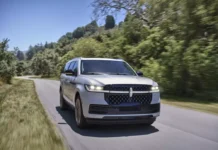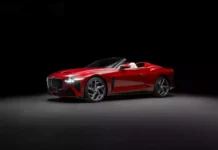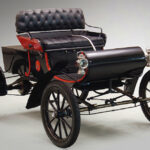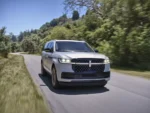Oldsmobile Curved Dash

In the early days of the automotive industry, cars were made with steel bodies, which were much more expensive than wood. Consequently, car manufacturers opted to use wood to construct car bodies and achieved success.
The initial car models resembled horse-drawn carriages, but without actual horses. These cars were produced for many centuries.
The Oldsmobile was the first car to be mass-produced with a wooden body, manufactured in 1901.
Ford Model A 1929
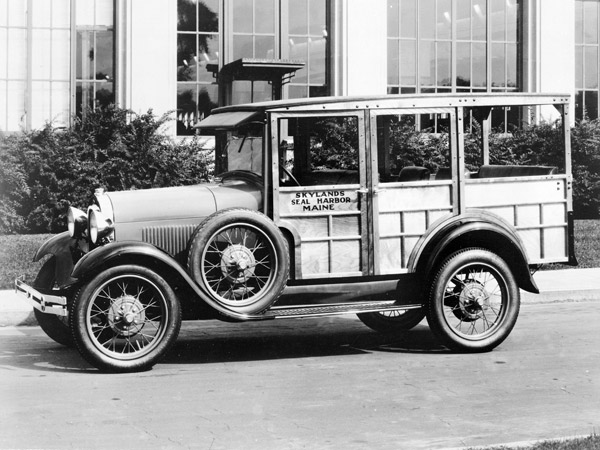
As the automotive industry expanded and metal stamping techniques advanced, metal started replacing wood in various parts such as the frame, fenders, and hood. Nevertheless, many car manufacturers and aftermarket companies continued to utilize wood to create larger details like windshield frames in station wagons, sedans, convertibles, and trucks. The Ford Model A 1929 was the first mass-produced model of its kind.
Chevrolet Styleline Deluxe 1949
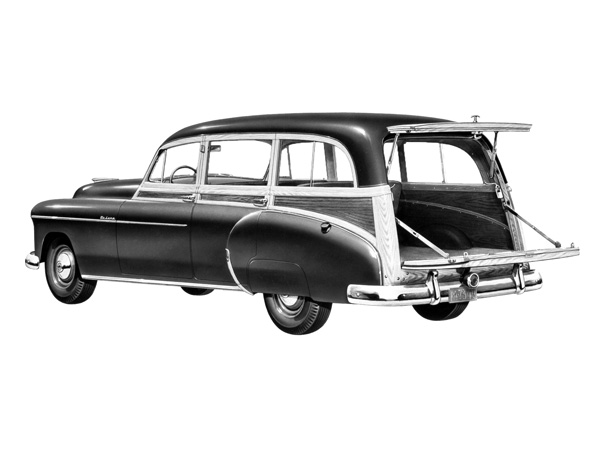
With the widespread use of steel, designers transformed wood into stylish decorative details. Customers appreciated the durability and ruggedness of metal bodies. Nevertheless, they still favored the warm and aesthetically pleasing appeal of wood, especially in the Chevrolet Styleline Deluxe 1949.
Chrysler Town & Country

A new era commenced as steel became cheaper and more accessible. Wooden details gradually transitioned into luxurious decorative accents. The Town & Country was Chrysler’s most luxurious model from 1941 to 1959.
Chevrolet Spark 2010

Over time, cars featuring genuine wood materials ceased to exist in the market. Instead, imitation wood details gained popularity. However, the Chevrolet Spark 2010 displayed at the Paris Motor Show boasted authentic wood accents.
The “disasters” of wood-paneled cars
The latter half of the 20th century witnessed the emergence of numerous wood-paneled cars that were eyesores for customers. Below is a list of the 5 worst “disasters”.
Chevrolet Chevette Estate Coupe

Chevy sold 8,509 Chevette Estate Coupes for $3,098. The Chevette Estate truly evoked sad memories of the decline of wood-paneled cars bearing the Chevrolet brand. The first wood-paneled car model from the brand, the Master 85 Model JB, was undoubtedly a masterpiece. In contrast, the Caprice Classic Wagon was merely a fake wood model.
Ford Escort GLX Wagon
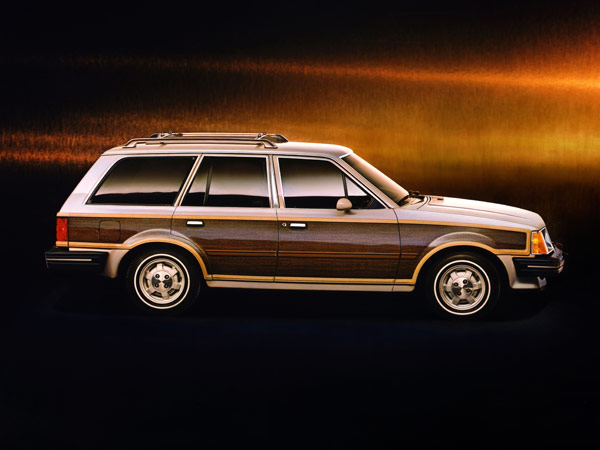
The Escort was Ford’s final faux wood model produced from 1981 to 1985.
Dodge Colt Wagon
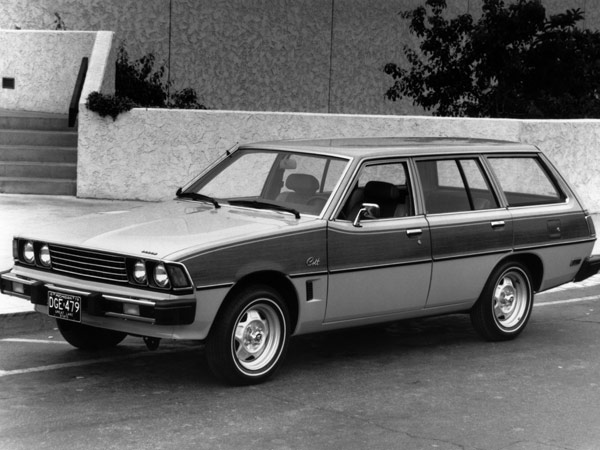
Although sharing the same frame as the Dodge Challenger and Plymouth Sapporo Coupe, the Colt Wagon was manufactured by Mitsubishi from 1978 to 1979. The car was equipped with a 4-cylinder 2.6-liter engine featuring a dual balance shaft. However, the Dodge Colt Wagon stood as the worst wood-paneled car from the brand. Moreover, there were two additional disasters: the Dodge Caravan and the Plymouth Voyager Minivan in 1995.
AMC Eagle Wagon
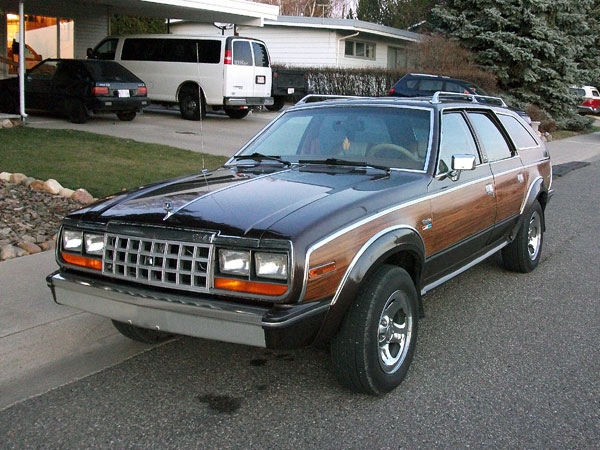
The AMC Eagle Wagon, equipped with the 4×4 system from Jeep, became a distinctive model in the ’80s. The AMG Eagle Wagon also ignited the SUV craze in the ’90s, leading to the current explosion of the 4-wheel-drive crossover segment. Nonetheless, the phony wood accents rendered the AMG Eagle Wagon quite absurd.
Smart ForTwo Woodie Package
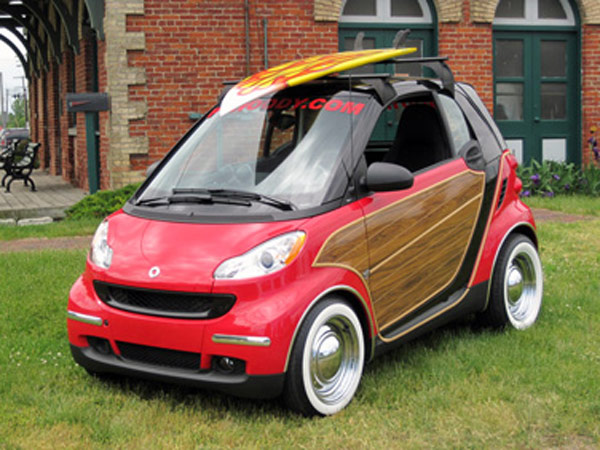
The final disaster is the Smart ForTwo Woodie Package customized by renowned car customizer George Barris, known for creating legendary cars like the Batmobile, Muster Koach, and Knight Rider Pontiac Firebird KITT.
You may also like


